Acura TL 2009-2014: Transmission Diagnostic Guide
Shuddering? Hunting for gears? Chirping and gurgling? RPMs varying while you cruise at a stead speed? All of these are symptoms of known issues with the Acura transmission or torque converter.
This article applies to the Acura TL (2009-2014).
When a transmission is working as expected, it becomes part of an ideal driving experience, and you never even notice it. The computer anticipates your needs, and shifts gears for you in response to the situation, load, speed, and needs of the person behind the wheel. As complicated a piece of engineering, as the modern transmission is, it has a fair share of issues. If you are hearing a strange noise on cold starts, a grinding at low speeds, notice slow, unsure shifts, or the tach needle wavering up and down while your road speed stays constant, chances are you have a transmission or torque converter issue. Read on and we'll run down some of the issues, as well as some fixes, reported by other TL owners on the forums.

Materials Needed
- Transmission fluid
- External trans filter
- Funnel
- Camera
Step 1 – Check the transmission fluid level
Is the transmission shifting oddly, you may just be low on fluid.
The first and easiest thing to check whenever an automatic transmission is not acting normal is the fluid level. Acura, unlike a lot of modern car makers, provides a dipstick to check the fluid level. The handle is yellow, and you will find it on the driver side of the engine compartment, near the battery and the intake tube. The proper way to check on the Acura TL, either five or six speed, is to start the car, drive it for 10 minutes or so to warm the fluid, and park on a level spot. Then, with the motor still running, put the shift lever in each position (P, R, N, D, S) for at least 10 seconds each, to be sure the fluid has gotten to the whole system. Then shut the car off, and pull the dipstick. If the level is below the bottom line, add Honda/Acura DW-1 transmission fluid or other compatible fluid. You can fill it via the dipstick tube with a small funnel.
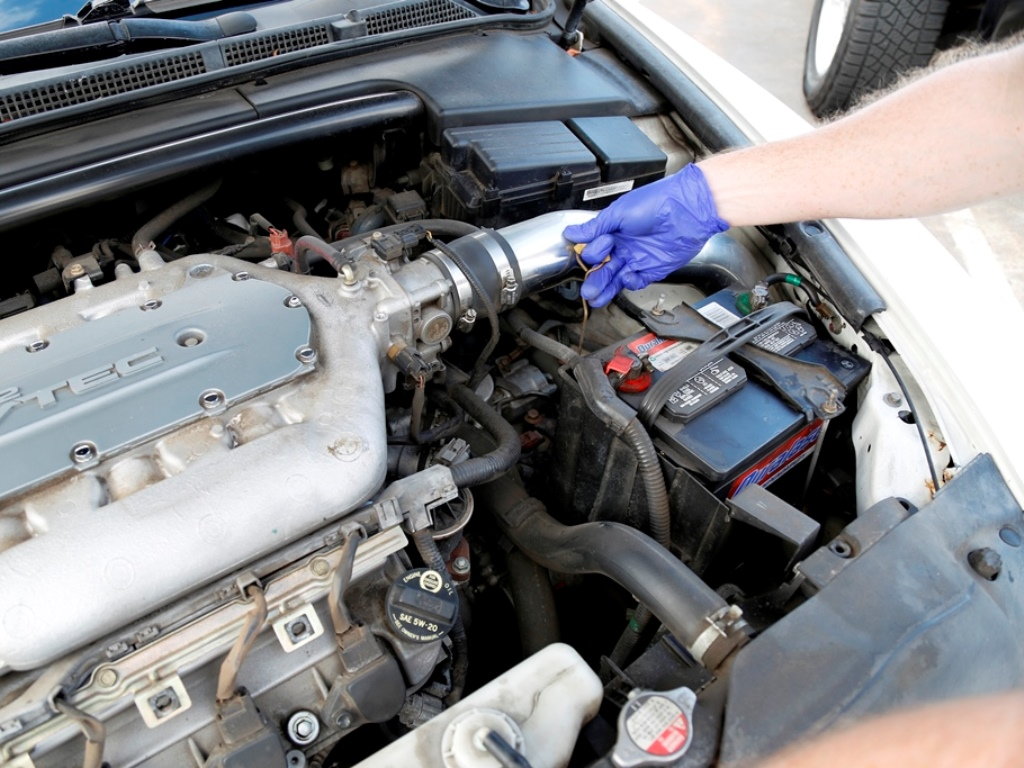
Figure 1. Check the fluid level with the engine off, but after driving to warm it up. 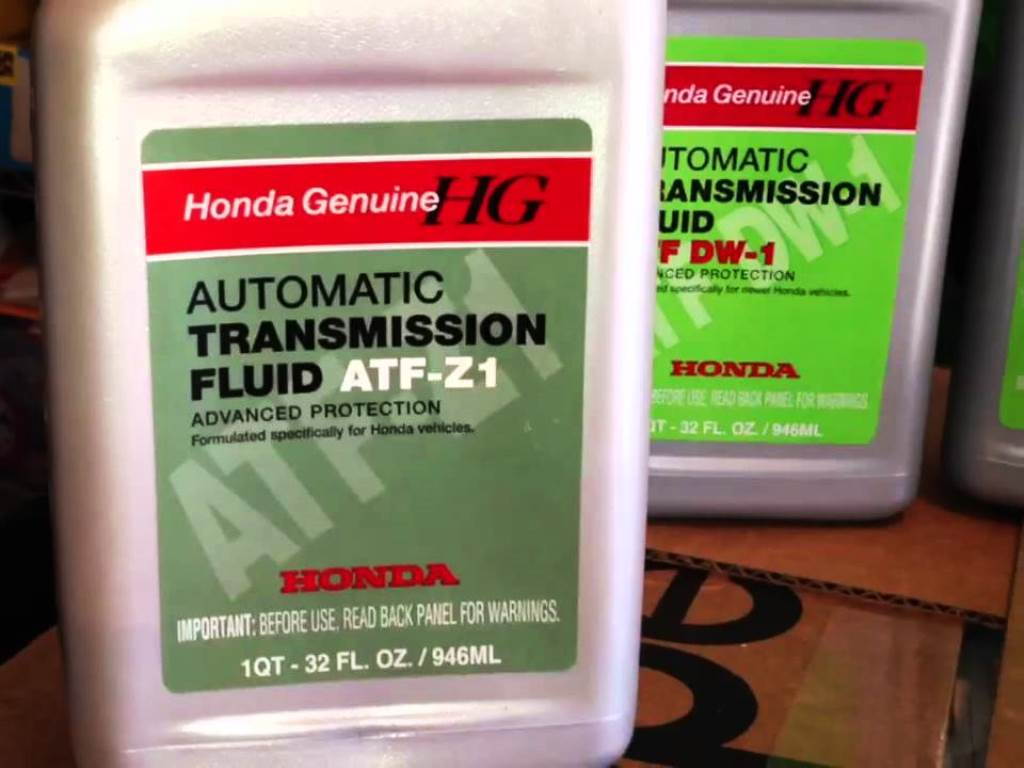
Figure 2. Honda/Acura DW-1 is the latest fluid, replacing Z1 in all applications.
If the fluid is full, it may need changing.
Step 2 – Do a 3 x 3 fluid flush
As fluid gets old, it collects dirt and loses its lubricating properties.
In order to change all of the fluid in an automatic transmission, you need to drain and fill it three times within a short period of time. Whenever you drive your car, the transmission pumps fluid into the torque converter, transmission cooler, and throughout the transmission. Pulling the plug on the bottom typically only drains out about 1/2 of all the fluid in the car. This is why the recommended procedure, by both the factory and other forum members, is a 3 x 3 fluid change. This involves draining out at least three quarts of fluid, taking the car for a drive for at least 15 minutes at various speeds, then changing it again. Then, repeat the entire procedure again. The whole thing is explained in more detail in the article How to Change Automatic Transmission Fluid.
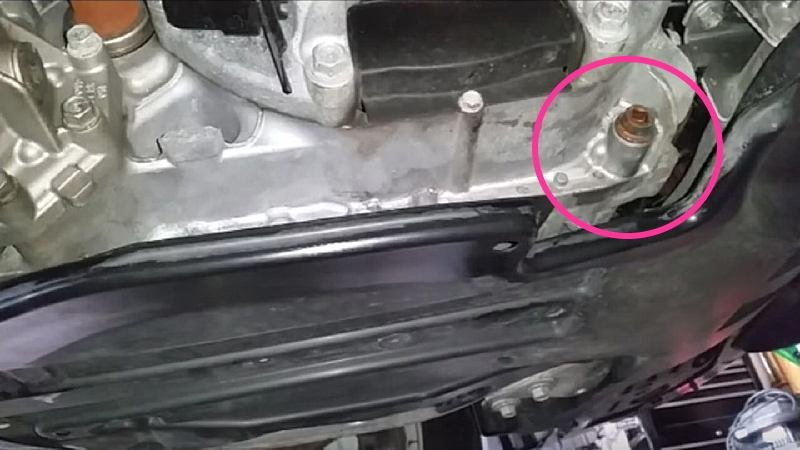
Figure 3. Drain plug on the Acura TL five speed automatic. 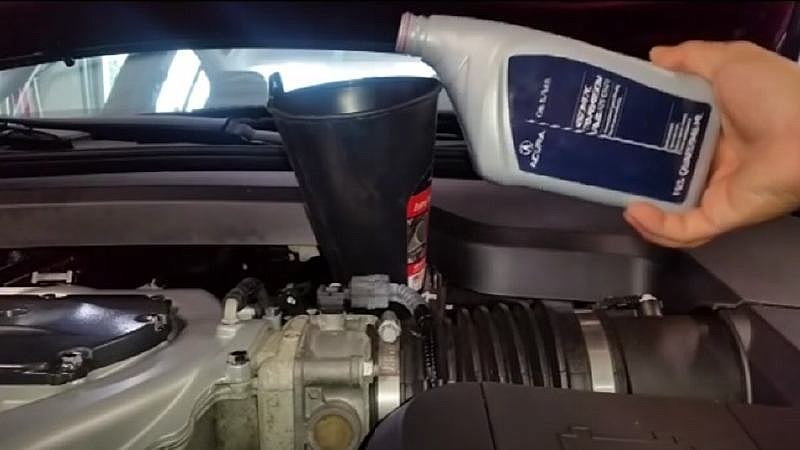
Figure 4. Fill only with proper Honda/Acura approved fluid.
Hear a strange gurgling noise or chirp when cold, it could be the filter.
Step 3 – Change the transmission fluid filter
The external canister filter insert on the Acura automatic has been know to degrade with time and produce odd noises.
Acura added an external canister insert type filter to their transmission years ago in order to help combat failures due to dirty fluid. Recently some owners have noticed a chirp or gurgle noise when first driving their TL in the morning when the fluid is cold. This has been traced to the filter element starting to come apart. Luckily, this is a very easy part to replace, though getting to it requires you remove the battery and air filter/box. See Steps 3 and 4 in the article Acura TL 2004-2008: How to Change Transmission Fluid and Filter.

Figure 5. Typical Honda/Acura automatic transmission filter location. 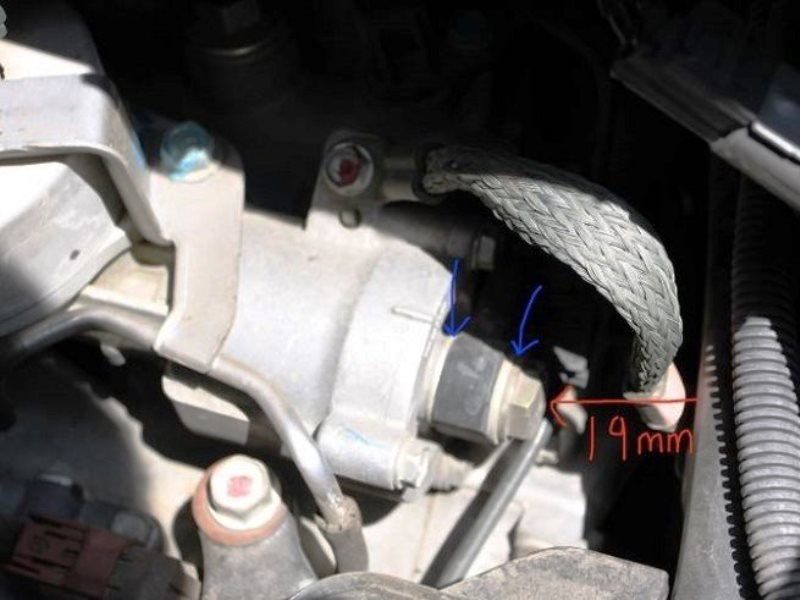
Figure 6. Remove the 19mm ATF inlet line bolt. 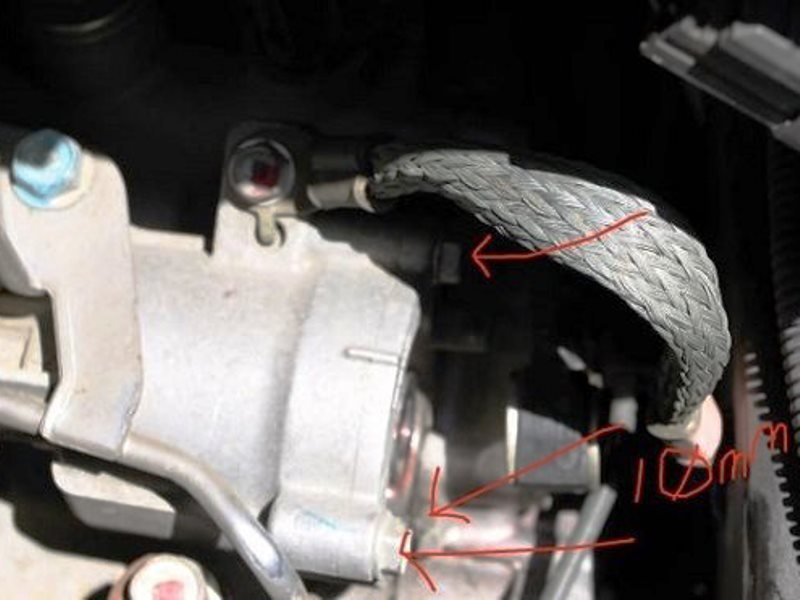
Figure 7. These three 10mm bolts hold on the spring loaded filter cover.
Step 4 – Update the software
There may be a new update for the transmission control software.
Of course you prefer to do things yourself, but updating the software that Acura uses to control the engine, transmission and other aspects of the TL is not something a home mechanic can do. If you are having issues where the transmission doesn't seem to know what gear to be in, or is slow to shift, it may be as simple as a software fix. You can test this by shifting the car into the S, or "sport" mode and using the paddle shifters. If the car drives and shifts better when you shift it yourself in S-mode, chances are the computer is the culprit. The fix is easy, all you have to do is take it to your local dealer, the hardest part is paying the bill.
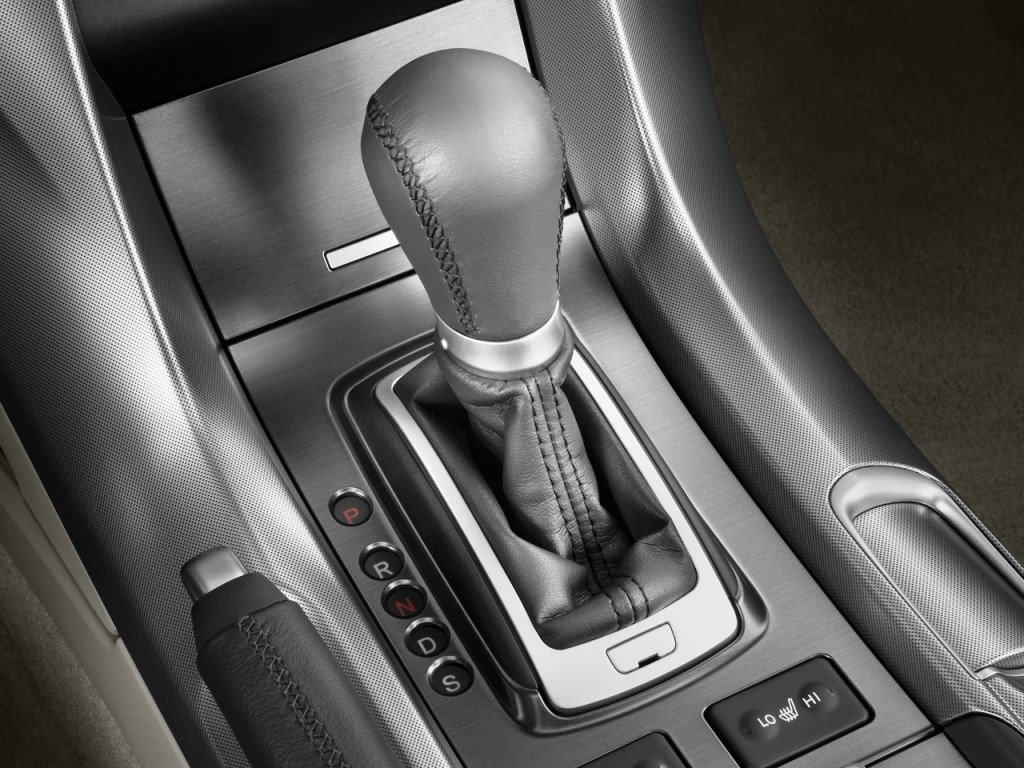
Figure 8. Shift all the way down into the S position. 
Figure 8. Then shift up and down with the paddles behind the wheel.
RPMs varying when you drive at a steady speed under a load? The torque converter may be going bad.
Step 5 – Document the tach needle hunting
Torque converter clutches going bad cause the RPMs to vary, even under steady state cruising.
Unfortunately, some Acura TLs suffer from a bad torque converter, even with as few as 30k miles on them. What happens is the internal clutches don't lock up and disengage as they should, which can cause the engine speed to vary. Sometimes these issues can be solved with a computer re-flash, or flesh fluid at the proper level, but other times it can mean an expensive repair. If your car has less than 100k miles on it, you may still be covered by the powertrain warranty. If you have to pay for it, you can count on about $400 just for the new converter and $1,000 for the labor. This is a known issue, most often affecting the cars with SH-AWD, but some other five and six speed automatic equipped Acura TLs of this generation, too. The best thing to do is record the noise, or shoot a short video of the tach bouncing up and down and show the service tech. Or you can take a dealer tech for a ride and try to duplicate it with them in the car.

Related Discussions
- Discussion about 2009 transmission issue - AcuraZine.com
- The transmission filter under battery making noise - AcuraZine.com
- Torque converter issue with 2012 automatic - AcuraZine.com
- Transmission concerns with 2012 TL SH-AWD automatic - AcuraZine.com
- Questions about which used Acura TLs have had transmissions with issues - AcuraZine.com






